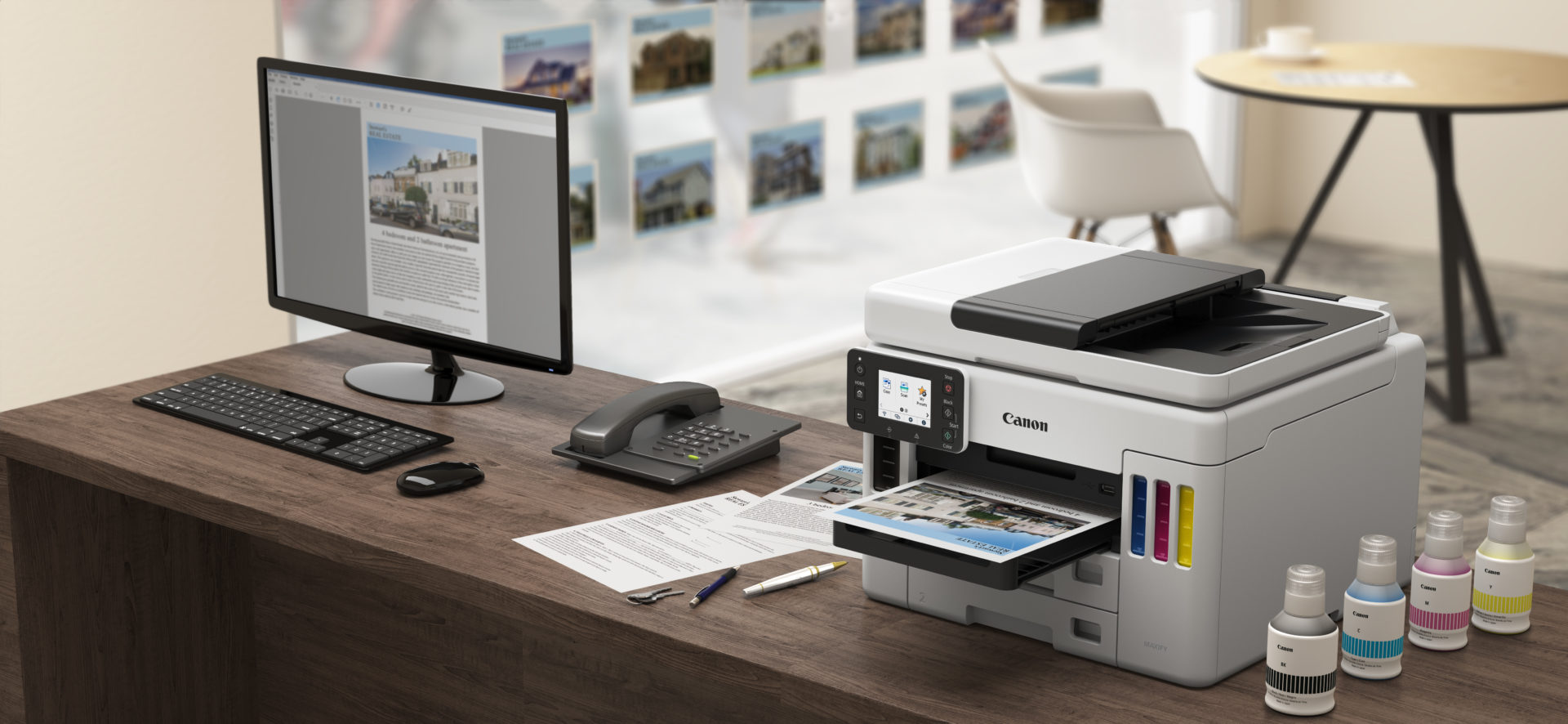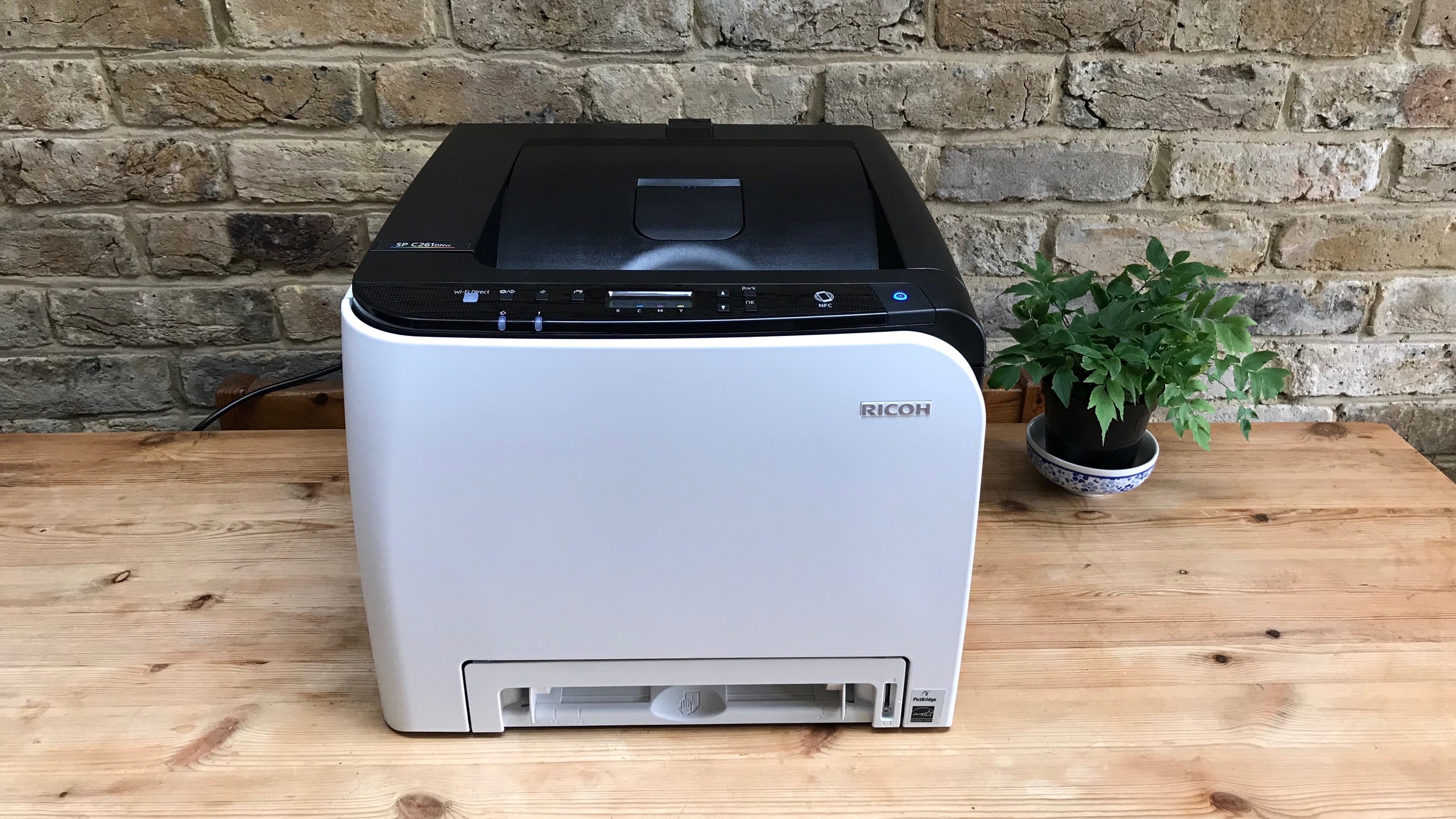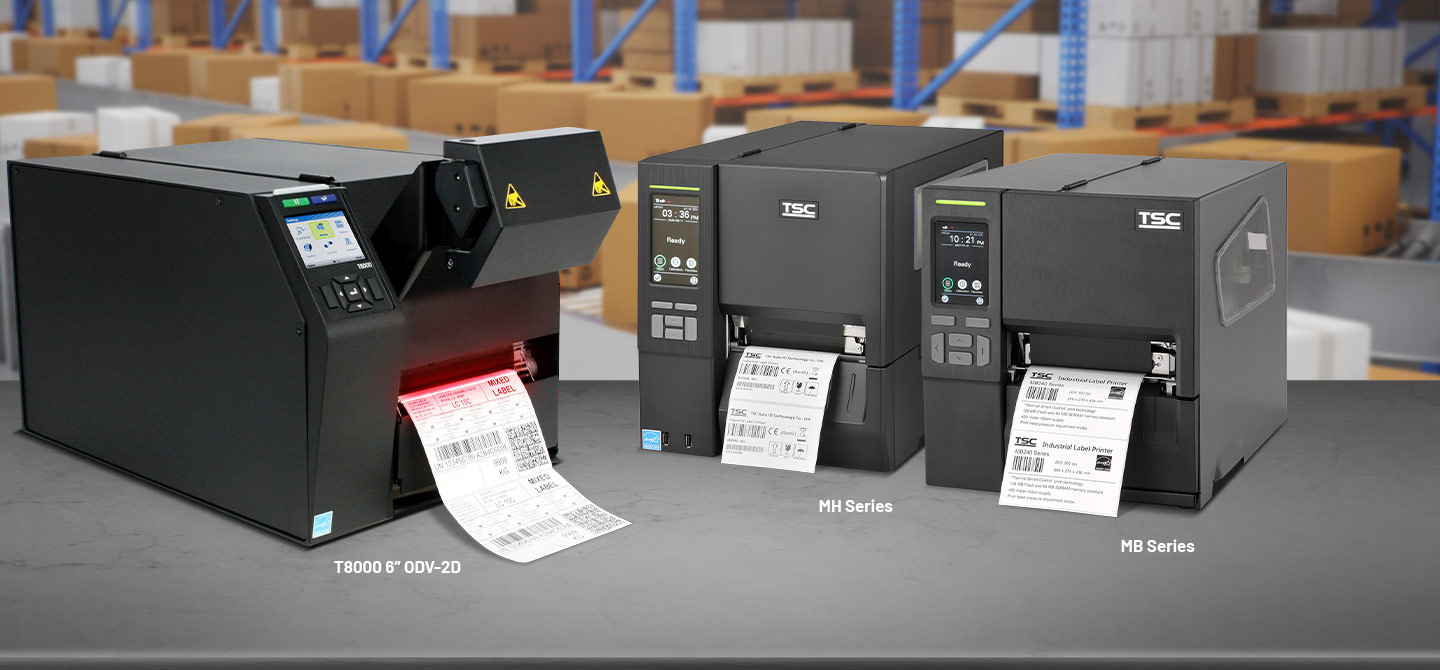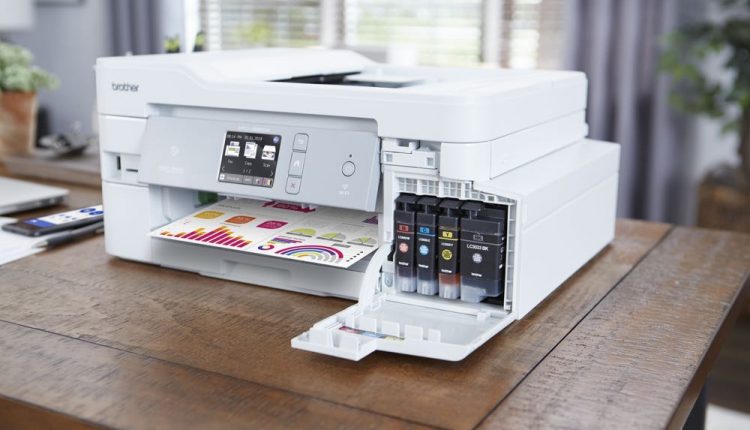High Volume Printers Small Business

For small businesses juggling tight budgets and demanding workloads, the right printing solution can be a game-changer. Investing in a high-volume printer can significantly streamline operations, reduce costs, and improve overall efficiency. But navigating the crowded market and choosing the optimal device requires careful consideration.
The surge in demand for high-volume printers among small businesses reflects a growing need for cost-effective and reliable in-house printing capabilities. These printers offer more than just basic printing; they provide features like duplex printing, advanced connectivity, and robust paper handling, vital for businesses managing large documents, marketing materials, and client communications.
The Appeal of High-Volume Printing
What exactly constitutes a "high-volume" printer? Typically, these devices are designed to handle thousands of pages per month, far exceeding the capabilities of standard consumer-grade printers. Lexmark and Epson are key players offering such solutions.
The primary advantage for small businesses lies in cost savings. While the initial investment might be higher, the lower per-page printing costs, achieved through features like high-yield ink or toner cartridges, quickly offset the initial expense.
Improved efficiency is another major draw. High-volume printers boast faster printing speeds and larger paper trays, reducing the need for frequent refills and minimizing workflow interruptions. This allows employees to focus on core business activities instead of constantly managing printing tasks.
Key Considerations for Small Businesses
Choosing the right high-volume printer requires a thorough assessment of specific business needs. Consider the types of documents printed, the average monthly volume, and the required print quality. HP remains a popular choice across various industries.
Inkjet vs. laser is a crucial decision. Inkjet printers generally excel at producing high-quality color prints, making them ideal for marketing materials and photographs. Laser printers, on the other hand, are known for their speed and cost-effectiveness when printing large volumes of text-based documents.
Connectivity options are also essential. Wi-Fi connectivity allows for easy printing from various devices, while features like mobile printing enable employees to print documents directly from their smartphones or tablets. Cloud connectivity is also becoming increasingly important for remote work environments.
Case Studies and Real-World Impact
Several small businesses have reported significant improvements in efficiency and cost savings after adopting high-volume printers. A local law firm, for example, reduced its monthly printing expenses by 30% by switching to a high-volume laser printer with duplex printing capabilities.
A marketing agency found that a high-volume inkjet printer significantly improved the quality and turnaround time for its marketing materials. The agency could now produce vibrant, professional-looking brochures and flyers in-house, eliminating the need for outsourcing and speeding up the delivery of marketing campaigns.
The Broader Economic Context
The adoption of high-volume printers by small businesses also has broader economic implications. By reducing operational costs and improving efficiency, these printers enable small businesses to compete more effectively in the market. This fosters economic growth and creates new opportunities for entrepreneurs.
Furthermore, the environmental benefits of using high-volume printers are becoming increasingly recognized. Many manufacturers are now offering eco-friendly printers that use recycled materials and consume less energy. Duplex printing capabilities also contribute to paper conservation.
As technology continues to evolve, high-volume printers are becoming even more sophisticated and affordable. This trend is likely to continue, making these devices an increasingly essential tool for small businesses looking to thrive in today's competitive landscape.
Looking Ahead
The future of high-volume printing for small businesses is bright. Innovations in printing technology are constantly emerging, offering even greater efficiency, cost savings, and environmental benefits. These solutions are transforming how small businesses operate and compete.
Small businesses should stay informed about the latest developments in printing technology and carefully assess their specific needs before investing in a high-volume printer. By making informed decisions, they can unlock the full potential of these devices and drive significant improvements in their bottom line.
The adoption of high-volume printers is not just about printing; it's about empowering small businesses to achieve their goals and contribute to a thriving economy. A well-chosen printer becomes an investment in efficiency, productivity, and ultimately, success.


















